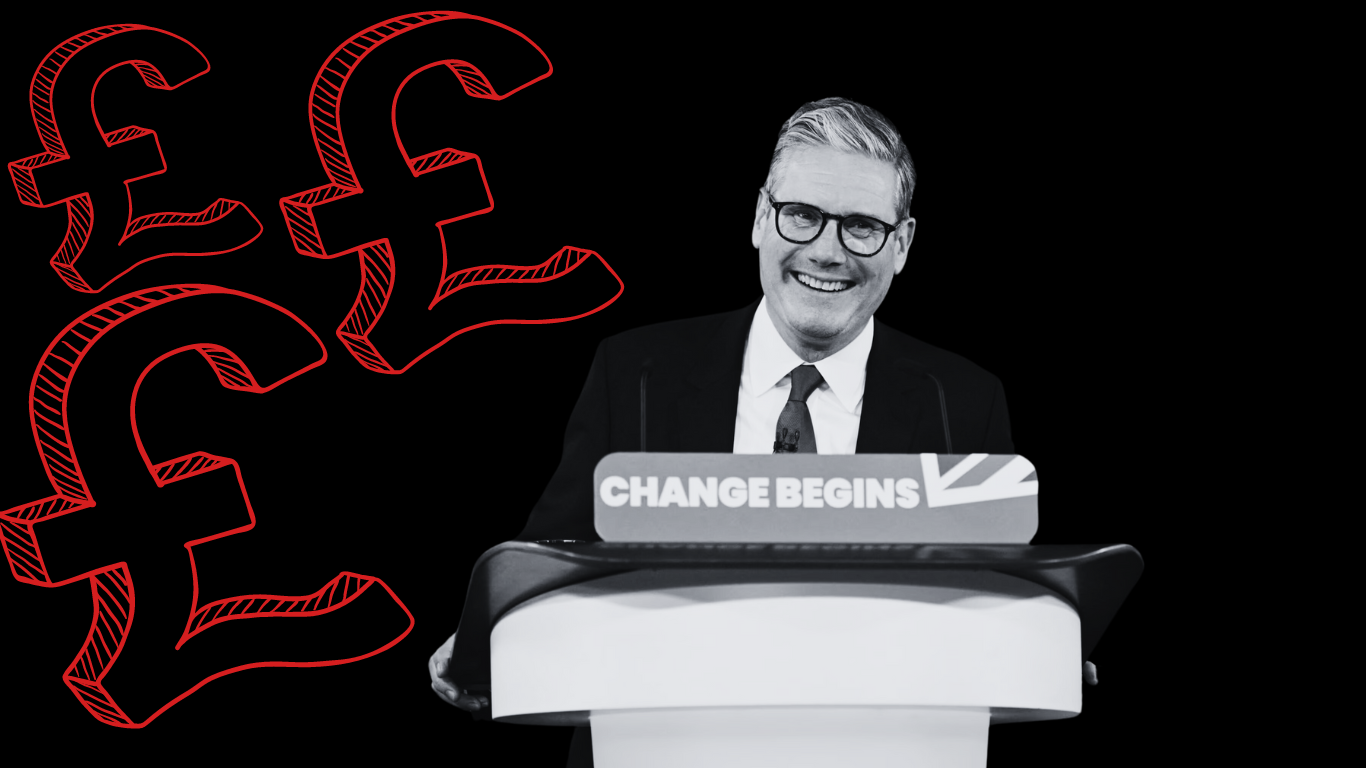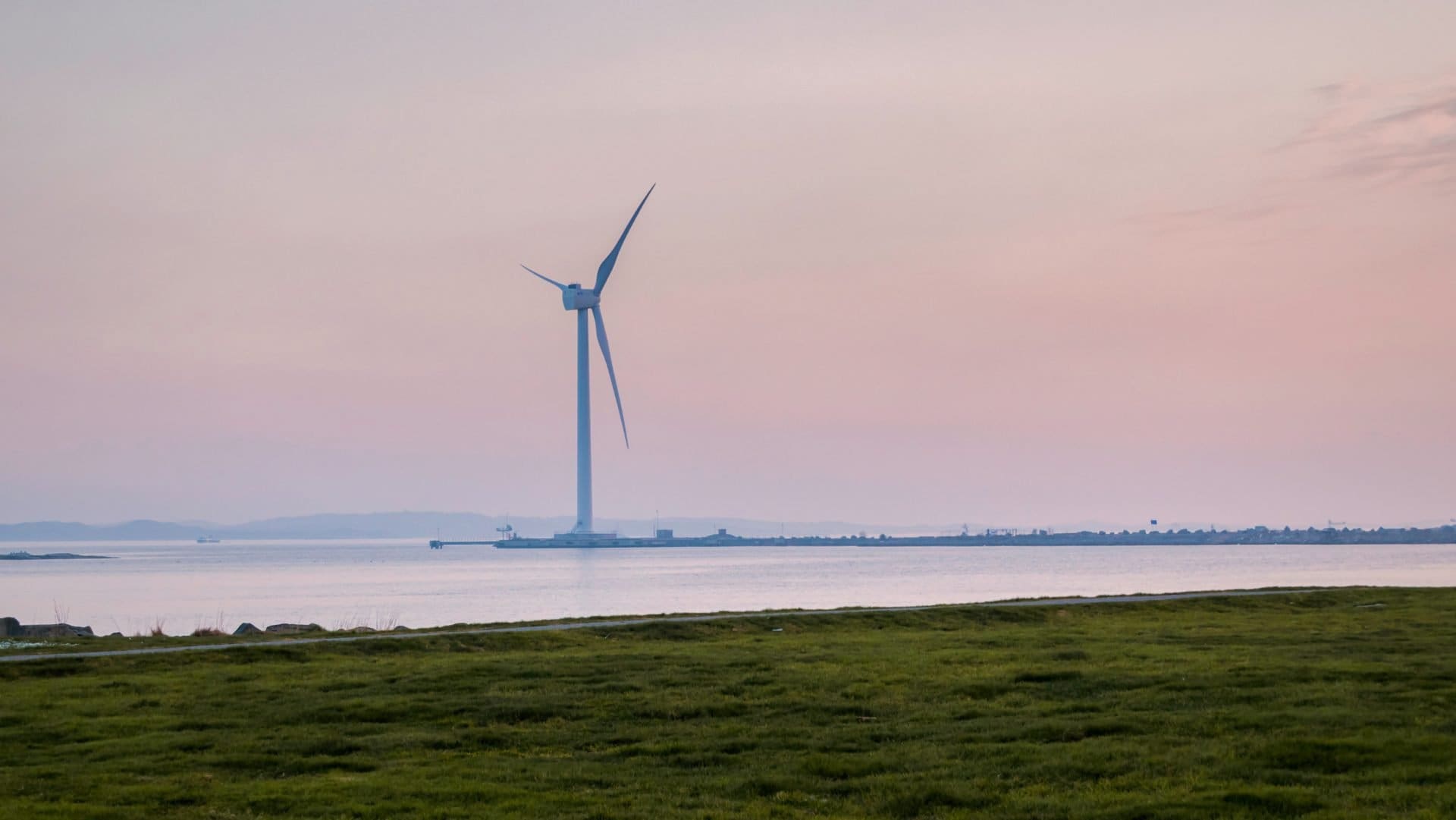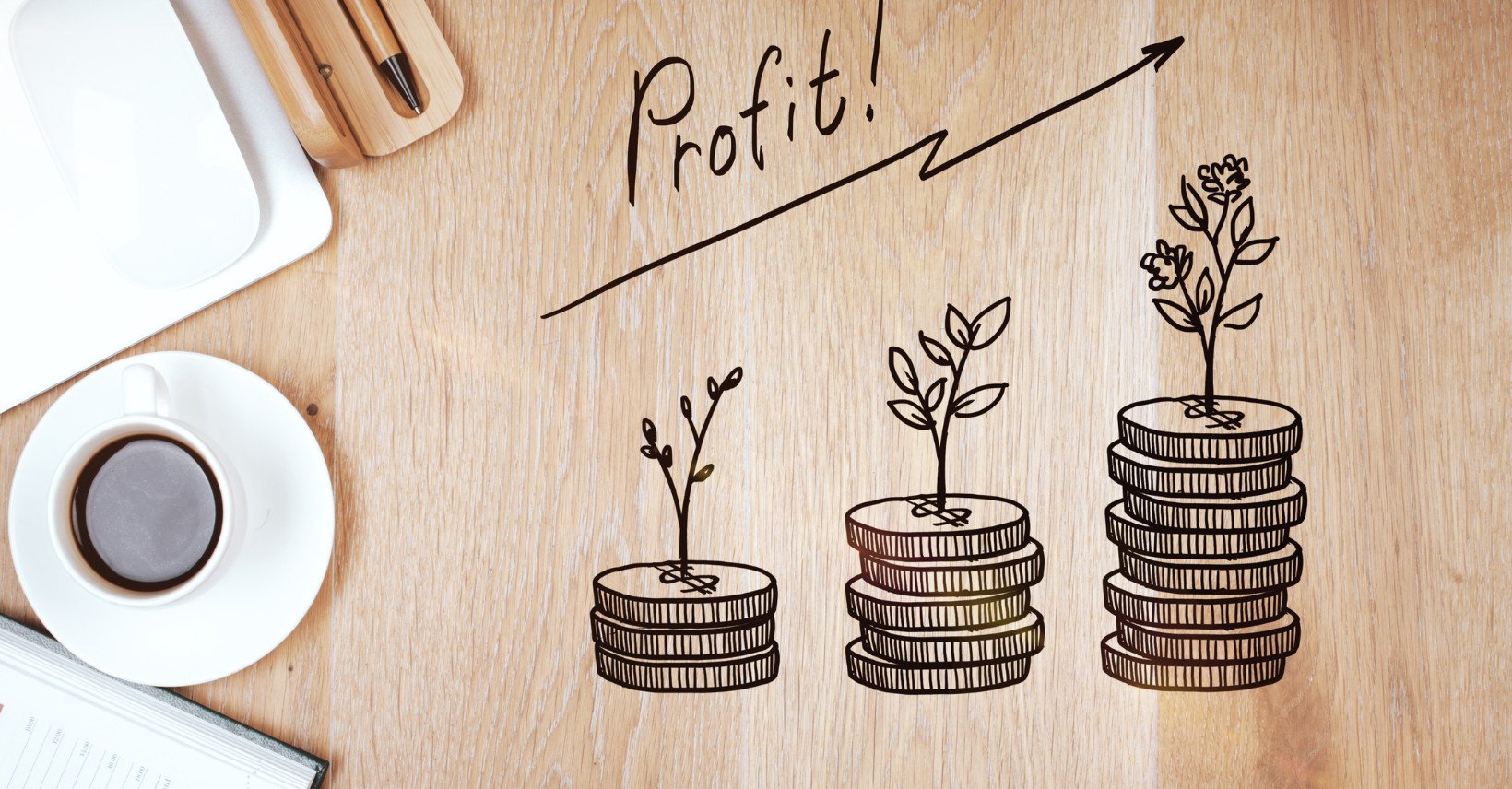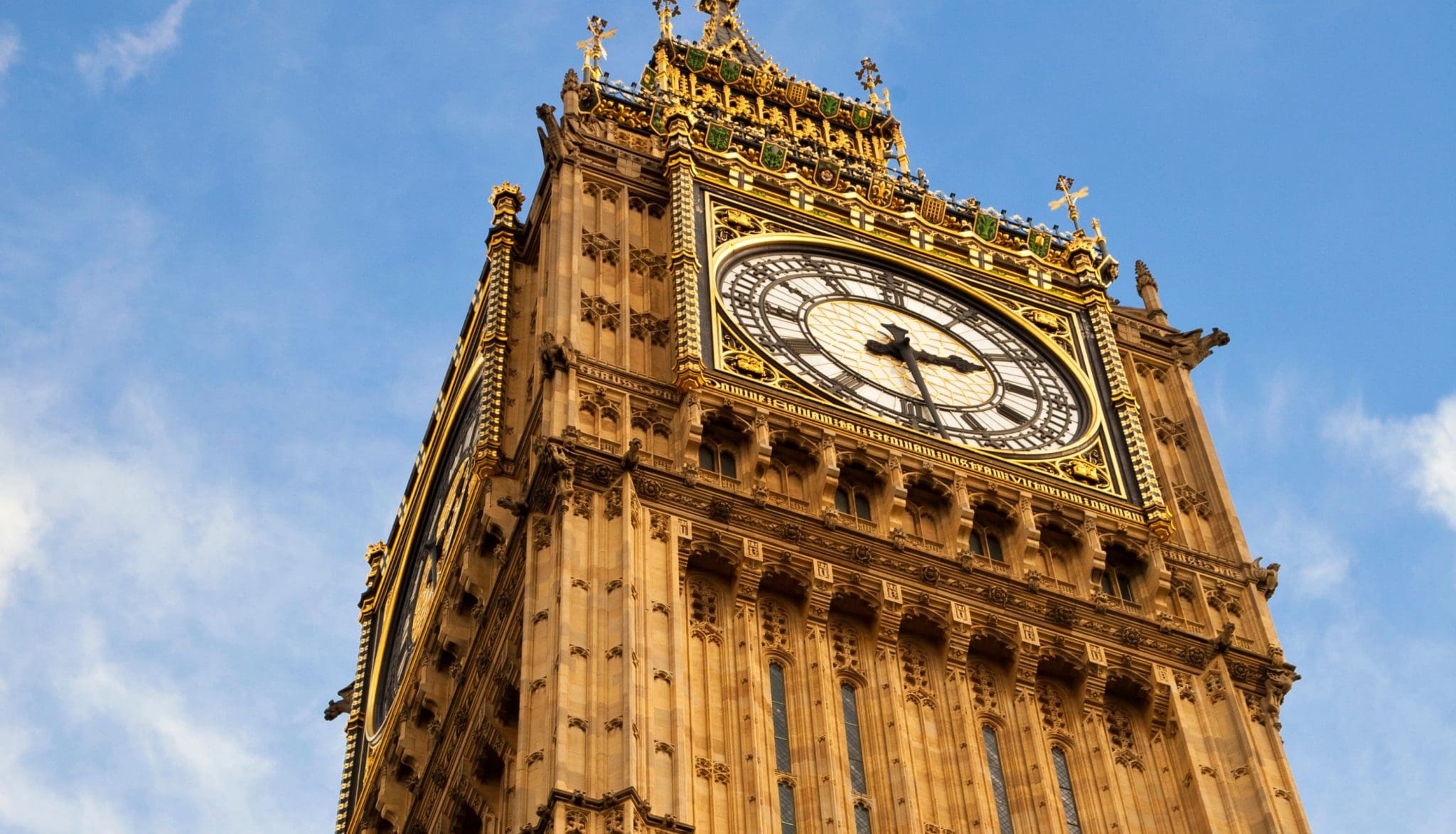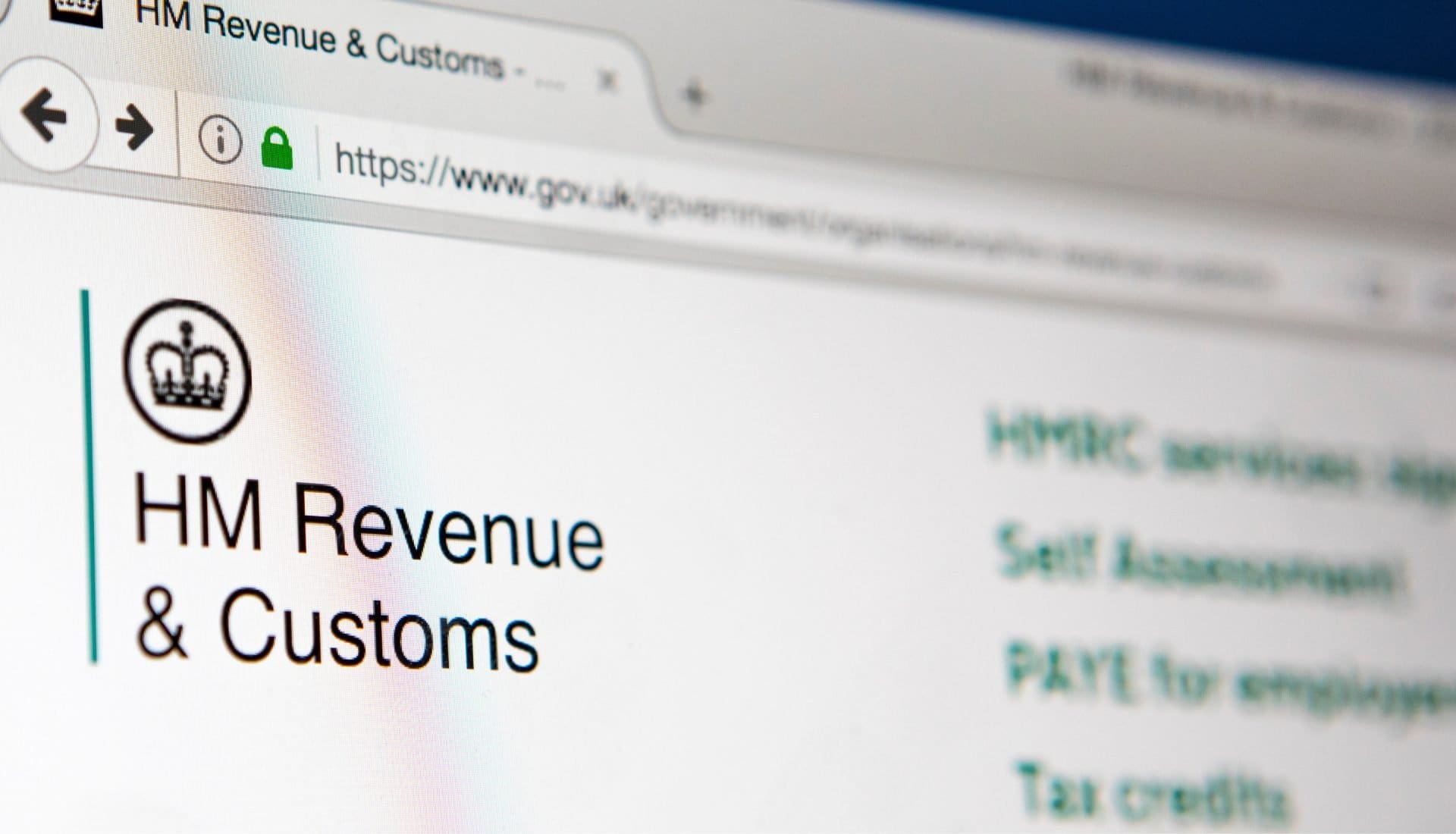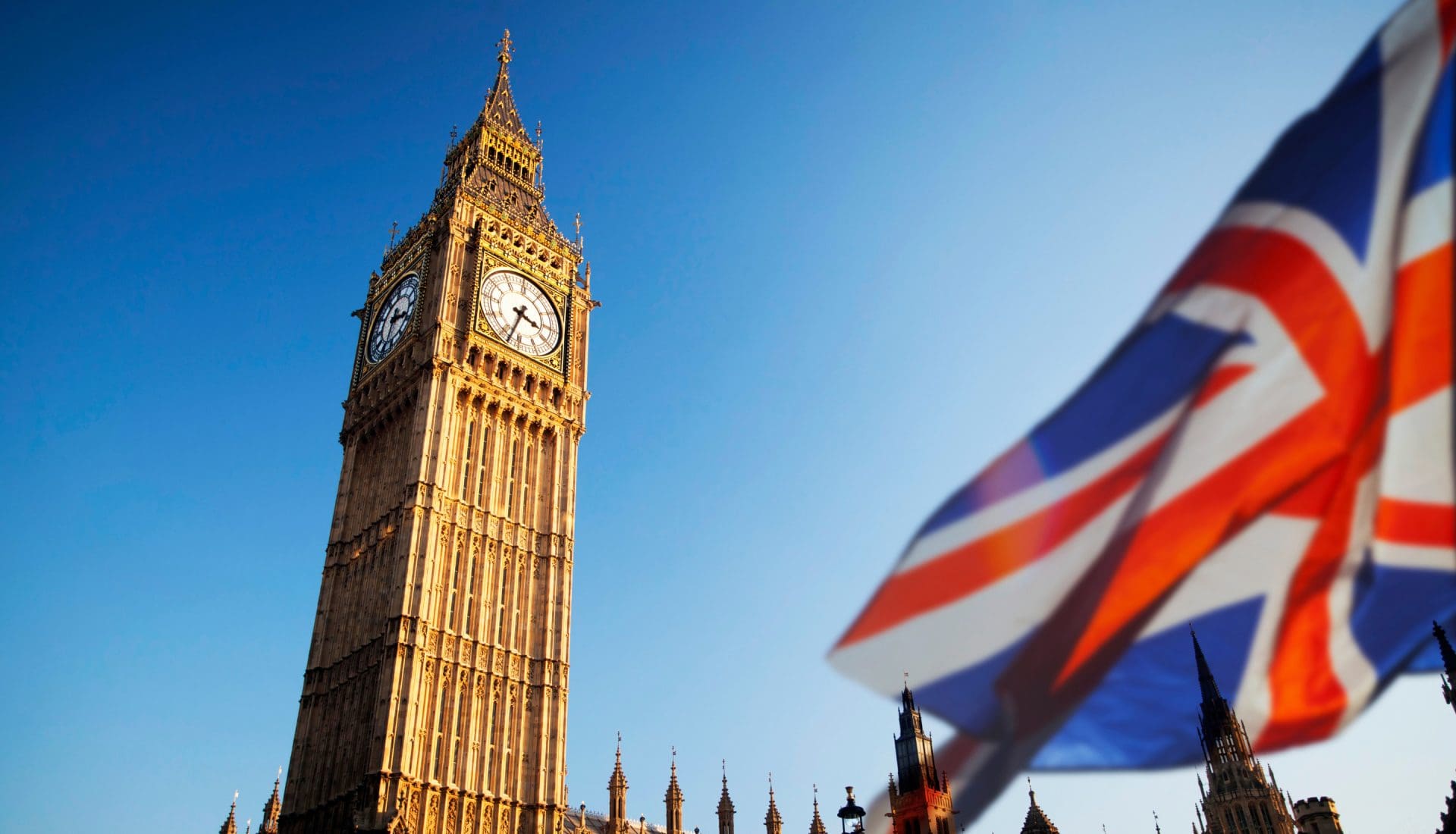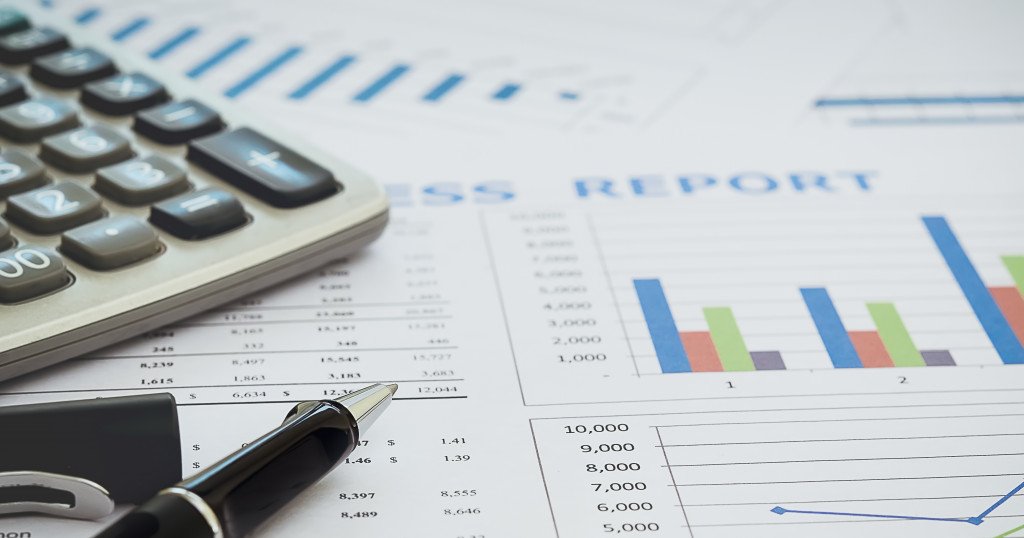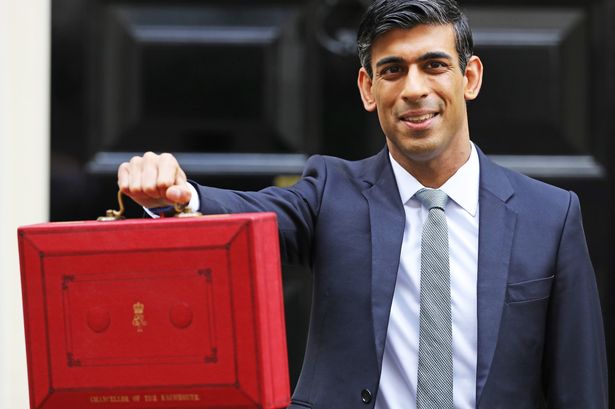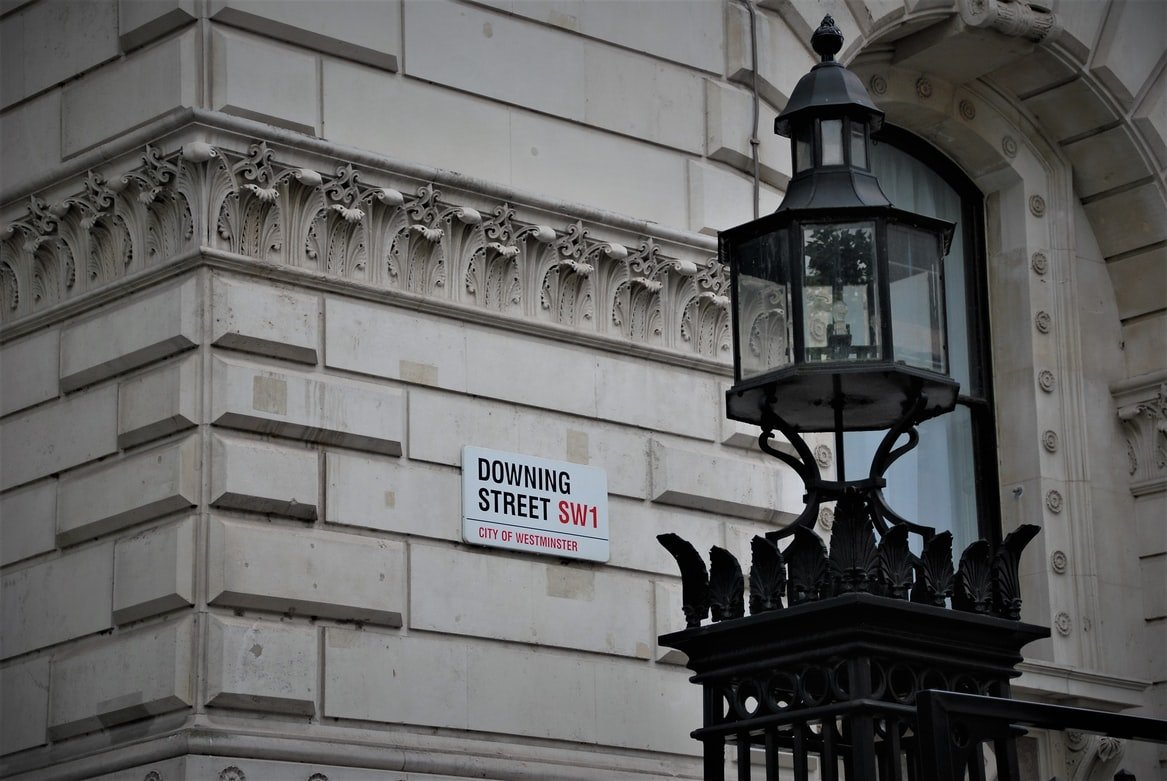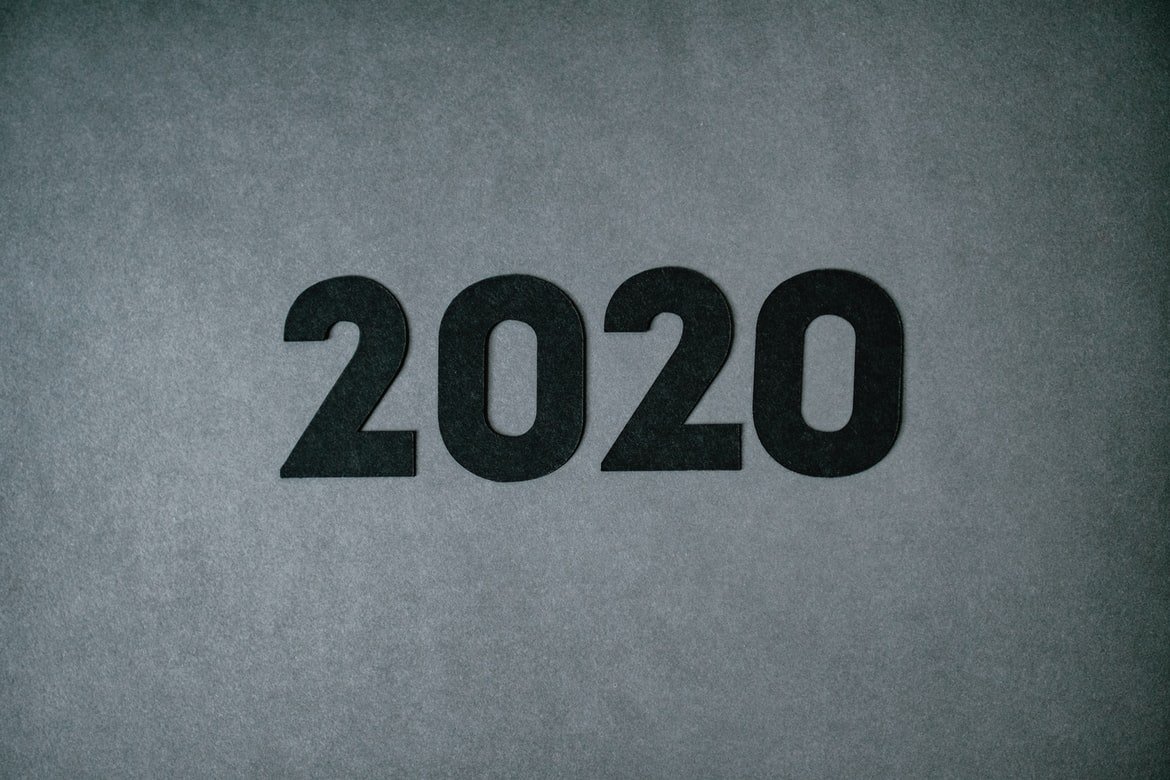With energy companies making record profits, and energy bills for households and businesses rocketing, the long-term sustainability of energy hangs in the balance. Much has been made regarding how the public will cope with the drastic increases. The new Chancellor has decided to scrap the energy price cap guarantee come April 2023, with a revision of the measure to be conducted. Many would agree though, there needs to be meaningful and long-lasting change.
From 1st October 2022, the average unit price will be frozen at 34.0p/kWh for electricity and 10.3p/kWh for gas (including VAT). This is for those on a standard variable tariff paying by direct debit. Furthermore, there are also standing charges which work out at approximately 46p per day for electricity and 28p per day for gas.
For those on a fixed rate tariff, unit prices are reduced by 17p/kWh for electricity and 4.2p/kWh for gas. OFGEM (The Office of Gas and Electricity Markets) will revise the energy price caps every 3 months. This means, for the average UK household their average energy bill will be £2,500 a year. This price will be frozen until 2024.
What Is The Alternative To Current Energy Usage?
Simply put, UK households as well as government budgeting cannot sustain the current steps being taken. Under the current energy price cap guarantee scheduled until April 2023, it’s estimated that The Bank of England would lend UK energy companies as much as £40bn to deal with soaring market prices. What’s more, this bailing out of energy companies would only provide a short-term solution. Much of the blame regarding the increases to energy prices has been put on the war in Ukraine. Lower gas flows from Russia have resulted in a hike in prices with demand close to hitting supply.
The calls for renewable energy have been growing for years, but the current energy situation we’re in have led to a mass public outcry to change things immediately. According to the UK government, renewables currently provide 39.9% of electricity generation by major power producers. This matches energy generation from gas, with nuclear at 16.8% and coal at 2.5%. Clean power generation is the figurehead of the UK’s strategy to reach net zero by 2050. The government have set energy providers a target for all electricity to come from 100% zero-carbon generation by 2035.
One of the UK’s largest forms of renewable energy is wind. According to the National Grid, wind power contributed 26.1% of the UK’s total electricity generation in Q4 2021. It’s anticipated that the UK’s renewable capacity will increase dramatically over the next decade. Plans are already in action to increase offshore wind’s output from 11GW to 50GW by 2030. This is supported by a £200 million government cash injection and financial incentives. Meanwhile, solar capacity is expected to grow five-fold from 14GW to roughly 70GW during the same period. All of this is promising, however the scalability to deliver a quick response just isn’t practical enough.
As such, Labour have pledged to turn the UK into an independent green ‘superpower’ before 2030. This is through a massive expansion of wind and solar energy. They also pledged to create a new, publicly owned clean generation company that will harness the power of Britain’s sun, wind, and waves. This will be called Great British Energy. By nationalising the energy sector, prices will not be prone to intense fluctuation. It will also guarantee long-term energy security which won’t be affected by global events. This is a rather ambitious proposal put forward by Labour, but one that could alter energy infrastructure for the better.
Is Renewable Energy Working In Other Countries?
The calls for renewable energy from other developed nations are also continuing to increase rapidly. This is down to the current economic situation, as well as the education and awareness of climate change growing exponentially. In 2020, renewable energy sources made up 37.5 % of gross electricity consumption in the EU, up from 34.1 % in 2019.
Recently, for the first time ever the nation of Greece ran entirely on renewable sources. For 5 hours on Friday 7th October 2022, renewables accounted for 100% of Greece’s power generation. This reached a record high of 3,106 megawatt hours. Solar, wind and hydro represented 46% of the nation’s power mix in the eight months to August this year. This was up from 42% in the same period in 2021.
As well as this, Scotland recently announced a record amount of renewable electricity was generated. A total of 7,358 gigawatt hours (GWh) was produced in April, May and June, a 36% increase on the same period in 2021. The figure was more than 25% greater than in any second quarter previously recorded. Windier weather and increased capacity were attributed to this achievement. Scotland’s renewable energy sector now employs more than 27,000 people and has generated £5.6bn of output.
Nordens’ Chief Sustainability Officer, Steven Brewer, believes, “The calls and demand for clean and renewable energy sources are now as loud as ever. This is the only way long term we can combat current and future energy crises. Non-renewable energy has never been the answer, but it takes a war to realise how vulnerable we are. More and more people are beginning to realise that energy infrastructure needs to change to not only maintain household expenditure and security, but also to protect future generations.”
We hope this has outlined to you the current energy situation and why renewable energy long-term is a viable alternative and solution. Our CEO, Mitch Hahn, is a firm advocate of sustainability within business. He shares 5 ways to get the eco-friendly wheel turning in our Nordens TV video.
If you’d like to know any further information on anything mentioned, or anything accounting related for that matter, please do not hesitate to get in contact with us at Nordens, where one of our trusted advisors would be happy talking you through your query.


















































































